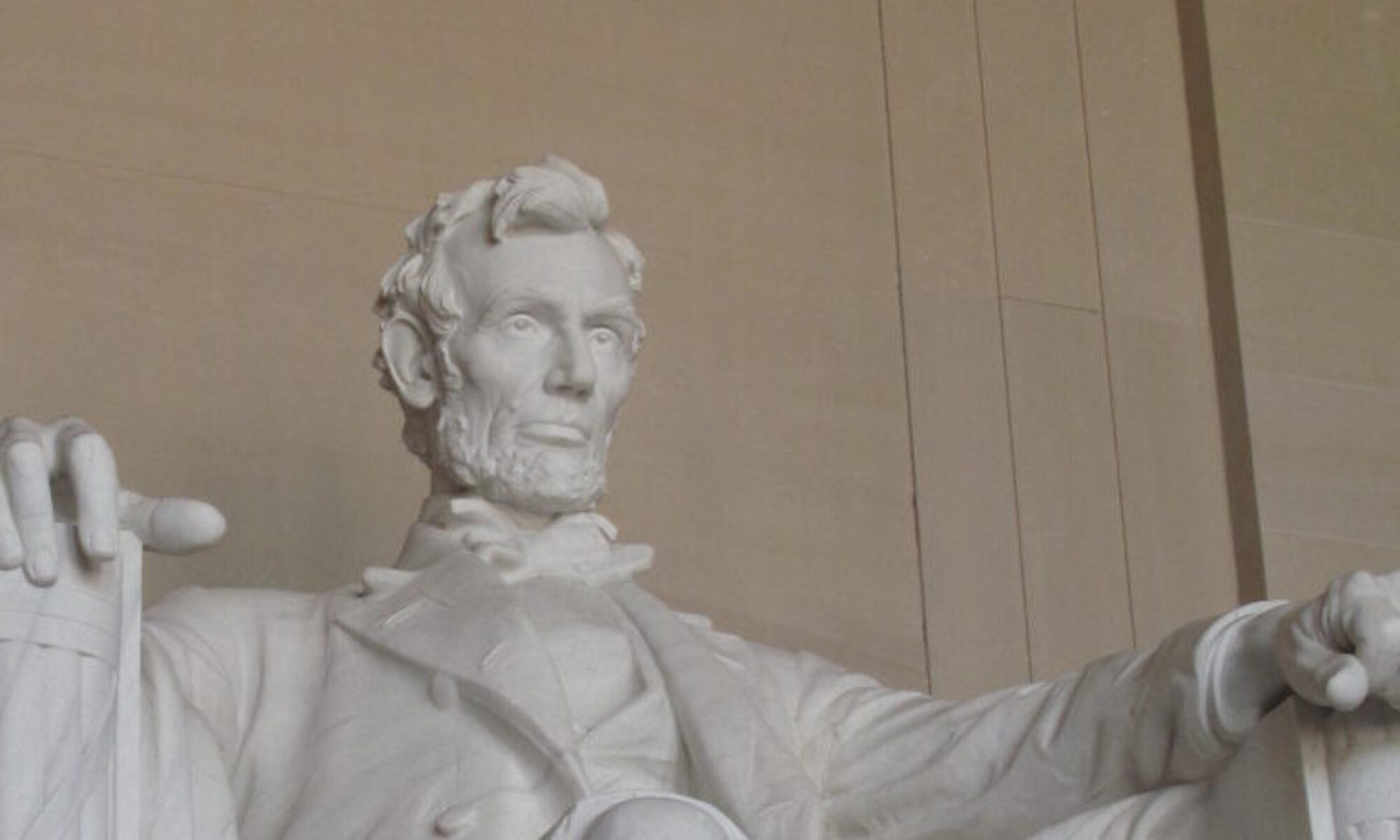An eternal sign of the base value of the Christmas tome, the birth of Jesus, and the feelings it emotes, are the varied and universal efforts to reflect it in song and lyric through the ages. From the direct expressions of the Christian hymnal such as Away, in the Manger to more obtuse, secular expressions, like White Christmas, the expressions of the zen of the moment, the family collected, the sense of peace and contentment, the rejection of conflict and the superficial, and the miracle of the Message, ring true through the centuries. The uniqueness of Christianity through its story of origin, a moment of supreme peace and love, communicates a universal truth through all cultures. No matter what our beliefs, we resonate with the feelings expressed by the one holiday celebrating ultimate goodness we are capable of as human.
The Great American Songbook has so many beautiful expressions of the intertwined beauty and sanctity of Christmas. As noted above, Irving Berlin’s White Christmas reflected his need to express an ideal hallmark image of Christmas through snow on treetops and sleigh bells – completely foreign to a Jewish songwriter living in Beverly Hills, California. Yet, an instantaneous solemnity pours over the listener when the simple cardboard images are linked to the perfect musical overlay. Hugh Martin’s edgy classic, Have Yourself a Merry Little Christmas, speaks to the need to find release from the pressures and chaos of a modern society to drive separation in the family, to try and capture the innocence and relief of the Christmas moment. ” Let your heart be light/ from now on/ our troubles will be out of sight” and “Faithful friends who are dear to us/ gather near to us, once more” suggest the obstacles we face are not permanent if we hold to our core strengths. Hugh Regney’s 1962 beautiful tome, “Do You Hear What I Hear?” directly appeals to the Gospel’s good news of the birth as it resonates from the night wind to the lamb to the shepard boy and finally king, the good news universally understood by all, regardless of their position in creation, or in life. Edward Pola in his 1963 hit for Andy Williams returned to the concept of gathering in “Its the Most Wonderful Time of the Year” where “there’ll be much mistletoeing and heart’s will be glowing when loved one’s are near.”
All these wonderful songs, both classic and contemporary, bring to mind the innate need to return and celebrate the simple goodness of the Christmas story with loved ones. Through the many years, I have cherished the event of Christmas, in the years where I have succeeded on getting home and those like this one where I have not, the songs and their crafted lyrics continue to bring meaning and good feeling. The homecoming expressed by the nameless military family in the picture above, was precisely what Kim Gannon had in mind when he wrote his 1943 classic “I’ll be Home for Christmas” . The song was an instant success for Bing Crosby and has received many beautiful treatments over the years, but I like the stripped down version performed by modern Canadian pop singer, Michael Buble’, who gets the yearning and the want just right. To each of you who can be home, for those of us who can’t, and to the thousands of service men and women who are separated from their families by conflict and obligation and selflessly represent us all – a very heartfelt Christmas wish from Kim Gannon, Michael Buble’ – and myself.

